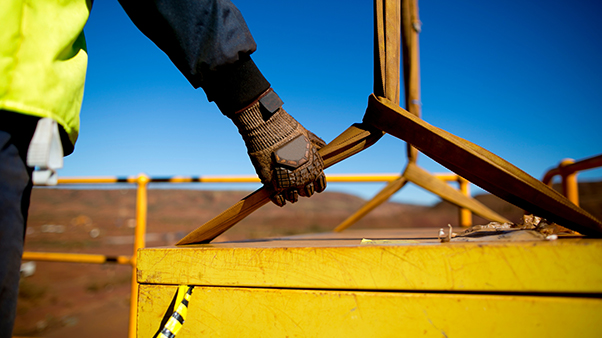
In the realm of construction and heavy lifting, the unsung heroes often go unnoticed. Among them, crane riggers play a pivotal role in ensuring that projects soar to new heights – quite literally. Let’s delve into the fascinating world of crane rigging, exploring the responsibilities shouldered by these professionals and the awe-inspiring projects they undertake.
The Art of Crane Rigging
Responsibilities:
1. Precision Planning: Before the crane even arrives on site, riggers meticulously plan every lift. This involves analyzing the load, determining the appropriate rigging equipment, and assessing the environmental conditions.
2. Rigging Set-Up: Rigging is an art that requires finesse. Crane riggers are responsible for setting up the rigging equipment, ensuring that every component is in its right place to guarantee a safe and efficient lift.
3. Load Calculation: Understanding the weight and dimensions of the load is crucial. Rigging professionals use their expertise to calculate load capacities, ensuring that the crane can handle the weight without compromising safety.
4. Communication Mastery: Effective communication is the backbone of any successful lift. Crane riggers coordinate with crane operators, signalpersons, and other team members to orchestrate seamless movements.
5. Safety First: Safety is non-negotiable in the world of crane rigging. Rigging professionals are trained to identify potential hazards, implement safety measures, and follow industry regulations to the letter.
A crane rigger plays a crucial role in construction and industrial projects by ensuring the safe and efficient lifting and movement of heavy loads using cranes. Here are some key responsibilities and aspects of crane rigging:
1. Load Analysis: Crane riggers analyze the load to be lifted, considering its weight, shape, and center of gravity. This analysis helps determine the appropriate rigging equipment and techniques.
2. Selecting Rigging Equipment: They choose the right type of rigging equipment such as slings, shackles, and hooks, based on the load characteristics and project requirements. Proper selection is essential for load stability and safety.
3. Rigging Plan: Crane riggers create a detailed rigging plan that outlines the sequence of tasks, equipment to be used, and safety measures. This plan ensures that the lifting operation is executed safely and efficiently.
4. Communication: Effective communication is crucial in crane rigging. Riggers need to coordinate with crane operators and other team members to ensure everyone is aware of the plan and can respond to any changes or issues promptly.
5. Safety Procedures: Crane riggers are responsible for implementing and enforcing safety procedures. This includes ensuring that all team members are wearing appropriate personal protective equipment (PPE) and that the work area is secure.
6. Inspections: Rigging equipment must be inspected regularly to identify any signs of wear or damage. Riggers are responsible for inspecting slings, hooks, and other components to ensure they meet safety standards.
7. Project Coordination: Crane riggers work closely with other construction professionals, including crane operators, site supervisors, and project managers, to coordinate lifting activities within the overall project timeline.
8. Problem-solving: In the event of unexpected issues or changes in the lifting plan, crane riggers must be able to adapt quickly and make decisions to ensure the safety of the operation.
As for projects, crane riggers are involved in various industries, including construction, oil and gas, shipbuilding, and manufacturing. They may work on projects such as erecting steel structures, placing heavy equipment, lifting precast concrete elements, and more.
Projects:
1. Skyscraper Construction: From placing steel beams to hoisting pre-fabricated components, crane riggers are instrumental in the construction of towering skyscrapers. Their precision ensures that each piece fits perfectly into the puzzle.
2. Bridge Construction and Maintenance: Rigging plays a vital role in the construction and maintenance of bridges. Crane riggers facilitate the lifting and placement of heavy bridge segments, ensuring structural integrity.
3. Wind Turbine Installation: In the renewable energy sector, crane riggers are involved in the installation of wind turbines. This demanding task requires careful planning and execution to lift and position massive turbine components.
4. Industrial Plant Projects: Whether it’s setting up heavy machinery or relocating industrial equipment, crane riggers are indispensable in various industrial projects. Their expertise ensures smooth operations in complex environments.
5. Shipbuilding: Rigging is pivotal in shipyards, where crane riggers are involved in lifting and placing large ship components. Their precision is crucial for the seamless assembly of vessels.
It’s important for crane riggers to have a thorough understanding of rigging principles, load dynamics, and safety regulations to carry out their responsibilities effectively. Training and certification in crane rigging are common requirements in this profession.
Leave a Reply